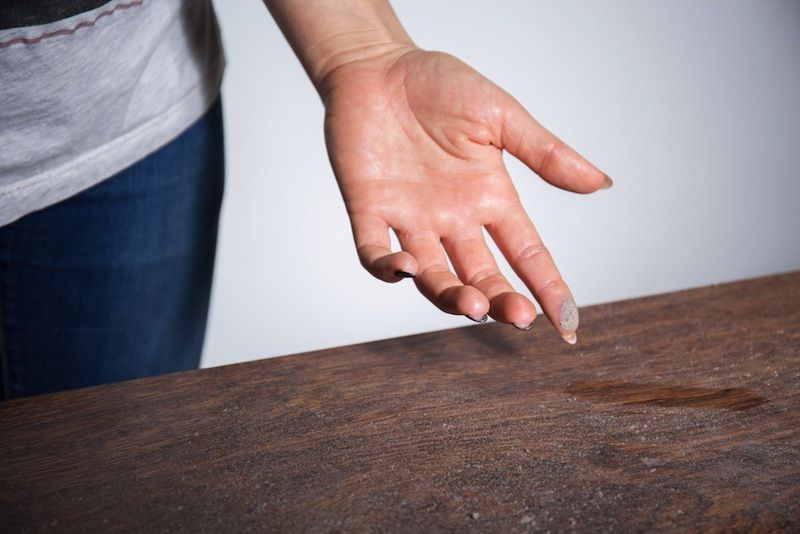What Household Dust Says About You

Menageries of microscopic life — veritable zoos with extraordinary diversity — lurk hidden in household dust, and scientists now find that these tiny communities can differ greatly from each other depending of where a person lives, what pets a person has, and how many people in the house are male or female, researchers say.
"Our homes are ecosystems," said study co-author Noah Fierer, a microbial ecologist at the University of Colorado at Boulder. "We live with an amazing diversity of microorganisms that we usually do not see."
This research could shed light on the impact that dust microbes can have on human health, scientists added. [Tiny & Nasty: Images of Things That Make Us Sick]
Fierer and his colleagues previously investigated the microbial ecosystems that can be found in soil and on plants.
"I then started thinking about how one environment we spend the majority of our time in is the home," Fierer told Live Science. "What types of microbes are found in our homes, and how do they vary?"
The researchers analyzed dust collected from inside and outside about 1,200 homes located across the continental United States, spanning many different climates. The dust samples were collected by volunteers participating in the Wild Life of Our Homes citizen science project.
"We couldn't have done our project without the help of hundreds of volunteers," Fierer said.
Sign up for the Live Science daily newsletter now
Get the world’s most fascinating discoveries delivered straight to your inbox.
Since different species of bacteria and fungi often look the same under a microscope, the scientists used DNA sequencing to identify the kinds found in the dust samples. "The extent of microbial diversity that we saw in house dust was pretty huge," Fierer said. Altogether, they looked at more than 125,000 types of bacteria and 72,000 types of fungi.
The fungi that people had in their homes varied predictably across climate and geographical regions, likely due to factors such as temperature and humidity, the researchers said. "Where you live determines what fungi live with you inside your home," Fierer said.
In contrast, the bacteria that people had inside their residences were more strongly influenced by the number and types of occupants in the homes.
"A major factor is whether there is a dog or cat in the home," Fierer said. "When you bring a dog or cat into your home, you're not just bringing a cute, fuzzy animal, but also microbes associated with that animal. When it comes to dogs, most of those microbes are probably coming from their mouths."
Interestingly, the bacterial communities in household dust can also vary depending on the number of men and women in homes. These distinctions may be due to differences between the skin biology, and perhaps hygiene, of men and women, the researchers said. "It's also possible some bacteria may be vaginally associated," Fierer said.
Most of the microbes found in homes are innocuous, and some might even be helpful, the scientists said. "There's some evidence that exposure to dogs and cats at a young age can actually protect you from allergies," Fierer added. "People shouldn't be afraid of the bacteria and fungi in their homes — we've known for a long time now that they're there. They're just a fact of life."
However, some microbes may trigger allergies. "Our next step is finding out what homes might make people more susceptible to allergies, or expose them to more allergens," Fierer said.
Fierer and his colleagues detailed their findings online Tuesday (Aug. 26) in the journal Proceedings of the Royal Society B.
Follow Live Science @livescience, Facebook & Google+. Original article on Live Science.












